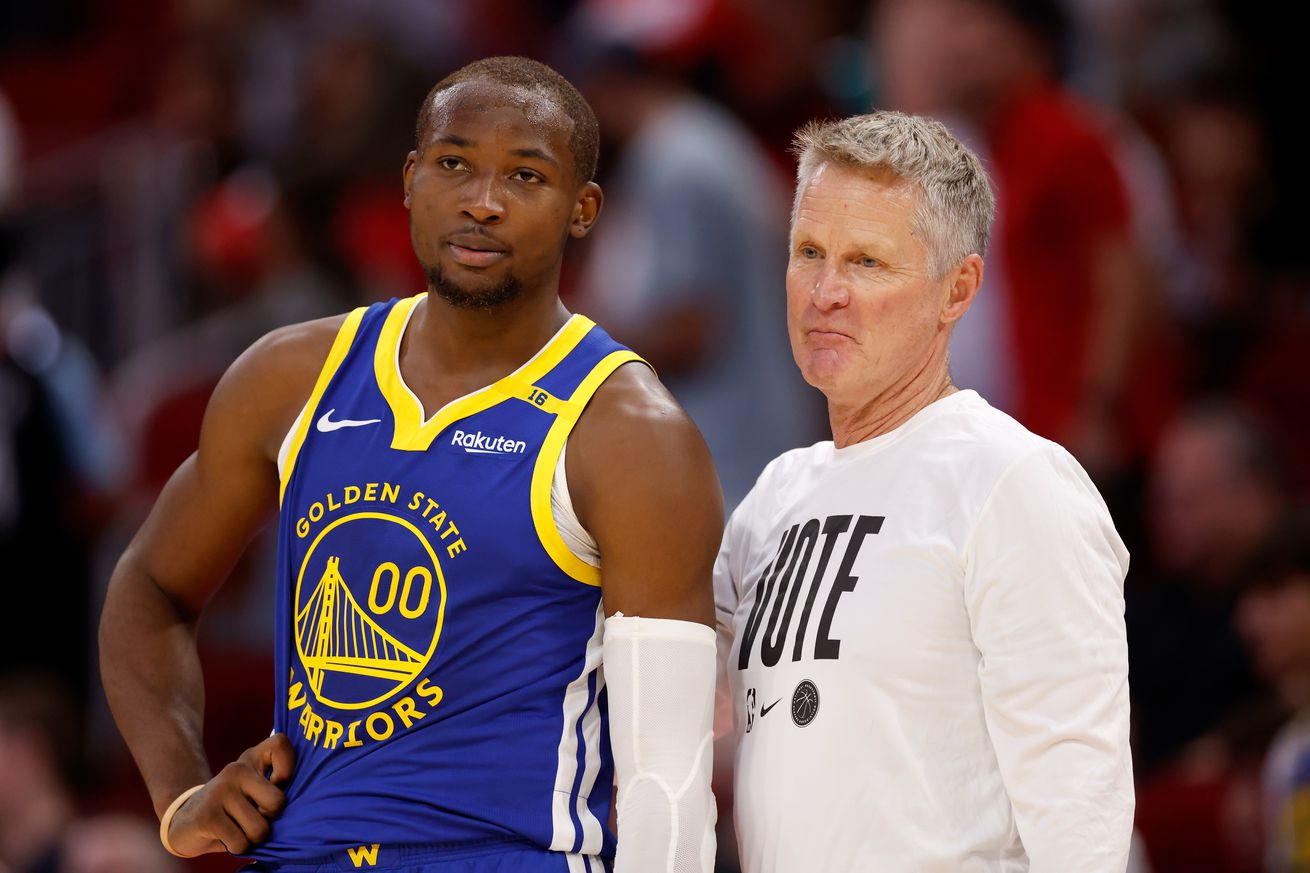
The best deal might be months away.
When the offseason began, I maintained an unconventional stance on the Golden State Warriors situation with restricted free agent Jonathan Kuminga. I felt that, rather than executing the sign-and-trade that was looking increasingly probable for the hyper-athletic forward, the Warriors should re-sign him and potentially deal him at the 2026 trade deadline instead.
My reasoning was simple, if perhaps flawed. Kuminga had shown flashes of stardom during the 2024-25 season. Following Steph Curry’s injury in the Western Conference Semifinals, Kuminga had shined alongside Jimmy Butler III, giving reason to believe that Steve Kerr’s concerns over that duo were partially unfounded. My thought was that it was worth giving Kuminga and the new-look roster a full camp to iron out the wrinkles and see if they could make things work. And if not, well … it seemed unlikely that his trade value would be much worse in February than in July.
Now, after a silent and somewhat boring rollercoaster of a start to free agency for Kuminga and the Warriors, I’m once again returning to that conclusion … but for very different reasons.
There was a shift in the NBA landscape this year. Rather than waiting for the offseason, teams got to wheeling and dealing at the deadline … and not just rentals. Butler found a new home in the Bay Area. Luka Dončić and Anthony Davis switched cities. De’Aaron Fox, Zach LaVine, Brandon Ingram, and Khris Middleton changed teams.
Compare that to this summer. Michael Porter Jr. was traded, but it was a salary dump. Desmond Bane was shipped off, but to facilitate other contracts for Memphis. The biggest name to be traded, Kevin Durant, was only dealt in the offseason because his disdain for a reunion with the Warriors killed an otherwise-agreed-upon deadline deal.
The big moves, it seem, happen at the deadline now. Most teams are somewhat happy with what they have right now, and are curious to see how it plays in October. When it invariably fails for many of those teams, they’ll be ready to shift paths come February.
Kuminga’s base year compensation only adds to that. Golden State will only be able to take back half of the salary that they send out in a potential sign-and-trade, suppressing both the value they can get, and the number of teams that can enter the sweepstakes.
Add in a healthy dash of gee, it sure looks like his market has dried up (though the Suns are now interested), and all signs are increasingly pointing towards re-signing Kuminga, seeing how it goes, and trading him in February should the sides still be at something of a philosophical impasse halfway through the year.
It might not be the most exciting offseason approach, but it’s probably the most valuable.